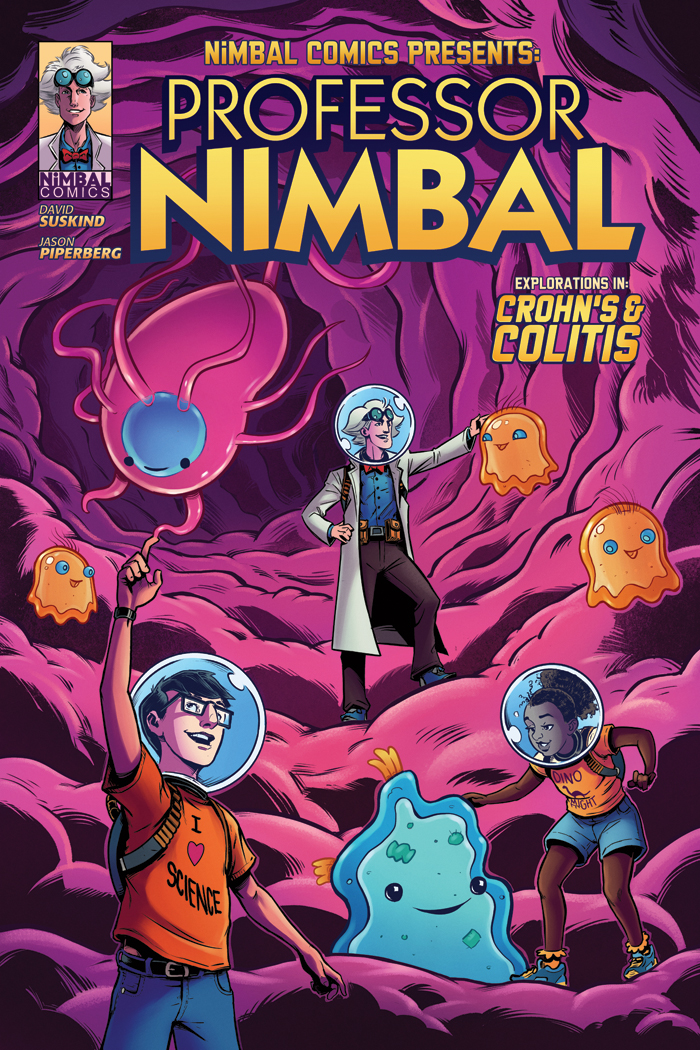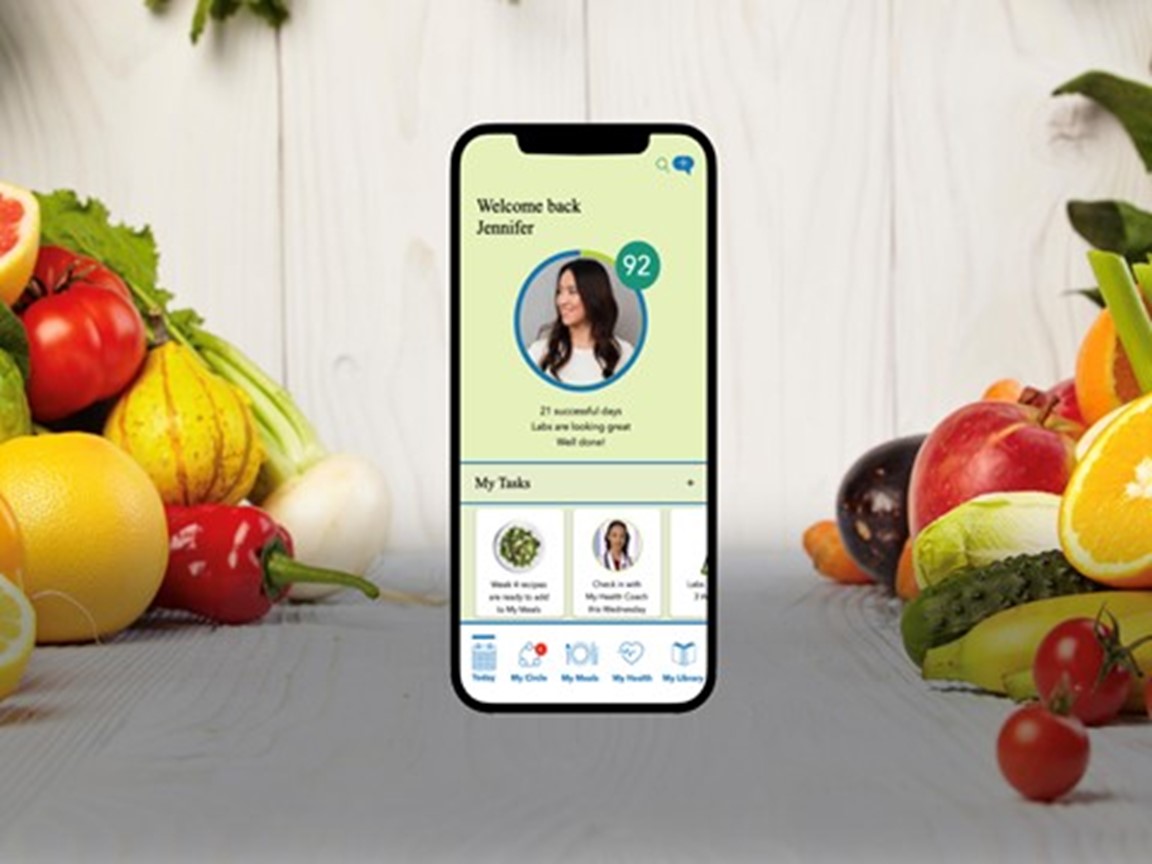Exclusive enteral nutrition (EEN) formula based diet
Nutritional therapy has been successfully used to treat Crohn’s disease for over four decades. This therapy has not only been extremely effective, but it has similar remission rates as steroids, a potent immune modulator. Nutritional therapy usually means that the doctor prescribes exclusive enteral nutrition (EEN): patients drink only formula for 8 to 12 weeks until their symptoms subside.
This formula-based diet has wonderful promise, but it also can be difficult to implement for some children. Formulas are usually either drunk orally or put through a nasogastric tube. Not only are the remission rates equal to that of steroids, but the healing of the intestinal mucosa is much better with nutritional therapy. Unfortunately, this therapy is not used as much today as it should be because patients find it difficult to administer and with fromula-based therapy, often a lack of support exists, both financially and physically. With that being said EEN, can be a great bridge to either maintenance medication therapy or the specific carbohydrate diet. (Please refer to the section on exclusive enteral nutrition for more detail)
The specific carbohydrate diet
This brings us finally, to the specific carbohydrate diet, or SCD. You can read about its history in the chapter titled “Origins of the SCD.” This diet was initially developed to treat celiac disease, which at that time, had causes which were unknown. Only through insight and observation did healthcare providers and patients with celiac disease notice that when carbohydrates coming from grains were excluded from their diet (which also removed gluten), symptoms improved.
Initially, healthcare providers did not realize that only grains containing gluten (such as wheat, barley, and rye) caused celiac. Consequently, the SCD allowed no grains at all and the diet’s major carbohydrate came from ripe bananas. Celiac disease patients quickly improved on this diet, and Dr. Sidney Valentine Haas, a prominent academic pediatrician and a passionate proponent of SCD for celiac treatment, also used it for other intestinal tract disorders, including IBD. One of his patients was the daughter of a woman named Elaine Gottschall, who saw such dramatic clinical improvement in her daughter that she became a vocal supporter of the SCD. As knowledge and usage of the diet within the medical field waned, Gottschall, having seen the immense success of the diet on her own child, wrote a book, Breaking the Vicious Cycle: Intestinal Health Through Diet, and became the best-known advocate for the SCD.
Alternatives to the SCD
Eating a healthy diet is important! Whether you are on the SCD or not, what you eat profoundly impacts you and your fecal microbiome. Two sides play a role in IBD—one is the immune system, and the other is the microbiome, to which the immune system is reacting. By avoiding foods that may harm your fecal microbiome and instead eating those that improve its biodiversity and health, you are likely to improve your disease. While this topic requires much more medical research, both avoiding highly processed foods—which usually come in cans or packages—and eating a more healthy, organic whole-foods diet result in a healthier microbiome, and therefore a healthier you.
What if you would like to be on the specific carbohydrate diet, but can’t fully commit? Is it all or nothing? The answer is yes and no. We know that diet has a major impact on disease, and that the SCD works for many patients with inflammatory bowel disease. With that being said, there are still many aspects of dietary therapy in IBD which are important even if you can't do the SCD. Even if you or your child are being treated with medication, diet still plays an important role in IBD.
My recommendations for improving your daily diet are simple:
- Remove as many processed foods from your diet as possible, especially junk food such as chips, soda pop, candies, cakes, and multi-ingredient packaged and processed foods. As my wife likes to say, if more than three ingredients are listed on the packaging, avoid it! Although the processed foods we eat can be tasty, they often contain items that we would not consider food.
- Avoid eating out. This brings us back to the reason in Item 1. Once again, we don’t always know what we are eating when we consume mass-made foods. They look and smell delicious and probably taste sublime, but this is because they have been engineered to be this way. The world of fast food is also the world of artificial food, and the long-range health effects of so many of their ingredients are unknown and have not been fully tested. I would avoid these foods.
- Eat foods with low amounts of refined sugar. With sugar, many people look for specific numbers or quantities, which can be an overtly time-consuming and cumbersome process. I simply recommend avoiding foods that are overly sweet to the taste, unless they’re a natural product, such as fruit and honey..
- I also oftentimes recommend low-lactose foods. The enzyme required to break down lactose begins to decrease in our bodies after early childhood, making digesting large quantities of lactose-containing foods more difficult. Avoiding such foods can sometimes help relieve symptoms such as abdominal discomfort and pain.
- Eat your veggies and fruits! Your microbiome needs many different types of bacteria to help break down your food. By eating more complex, varied foods, you will help foster this diversity, which is likely to play an important role in improving or decreasing your disease activity.
Take, for instance, Subway sandwiches. Recently, the company had issues with azodicarbonamide, a chemical that is used to bleach flour. It also happens to be a foaming agent in the plastics and rubber industry and thus is a key component of yoga mats. This additive is completely legal in the United States and is used in many food items, including the bread in Subway sandwiches. As with many human-made chemicals in our foods that we as general consumers just don’t know much about, this additive would have continued to be in Subway sandwiches had it not been for a large national public outcry, which pressured the company to remove it in early 2014.
Unfortunately, many other food additives exist whose effects on our bodies are not known, and because they may not be as mentally repulsive as the azodicarbonamide andits yoga-mat connection or because consumers are not properly informed, they stay in our foods. In 1997 the Food and Drug Administration (FDA) succumbed to pressure from the food industry and politicians by creating a back door for food additives to come onto the market. While some of these additives may be fine for human consumption, we don’t always know if they really are, because rigorous safety testing is often not required to see if they are truly safe, especially over the long term. And these food additives are frequently present in our processed foods and drinks.
Because the diet WORKS! It reduces symptoms and in some cases even eradicates the need for medicine entirely. Where did I learn this? From observing my own patients and the success stories that come from them and their families. They talk, I listen, and then we all try to work out the best solution. I know patients and families who have been on the SCD for decades and have done extremely well.
The SCD and nutrition are an important component in the health of IBD patients. The SCD is thought to work by modulating the harmful bacteria in the intestines. That said, more studies need to be done to prove this is true. So many unanswered questions still remain. For whom is it best suited? What are the most important components that make it work? Do different foods affect individuals differently? We can’t stop utilizing nutrition as a therapy, but we also have to continue to examine in detail the effects of nutrition on disease development and progression.
Although the SCD is a treatment method in which I have great confidence, like all treatment options, it may not be the right choice or effective for all. The benefits and downsides of dietary therapy need to be addressed early on. Therefore, if you remember only one thing from reading this, it is that you your partner, your child, your primary gastroenterologist, and your healthcare provider are a team. Knowing that is the most essential part in assuring that the medical care you receive is the very best.




